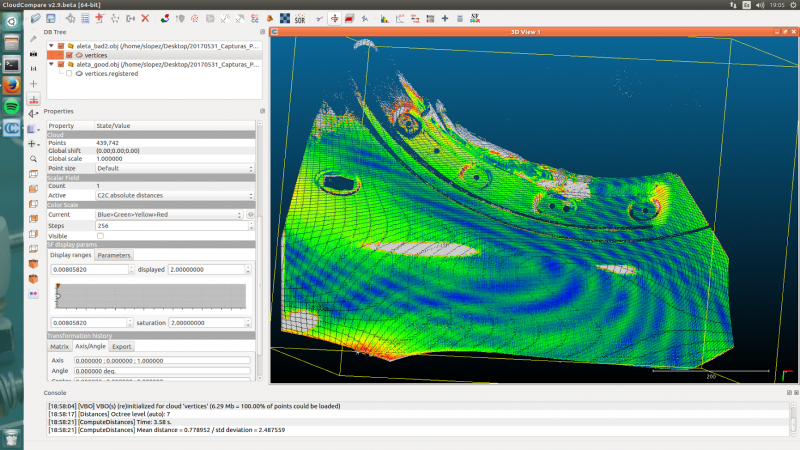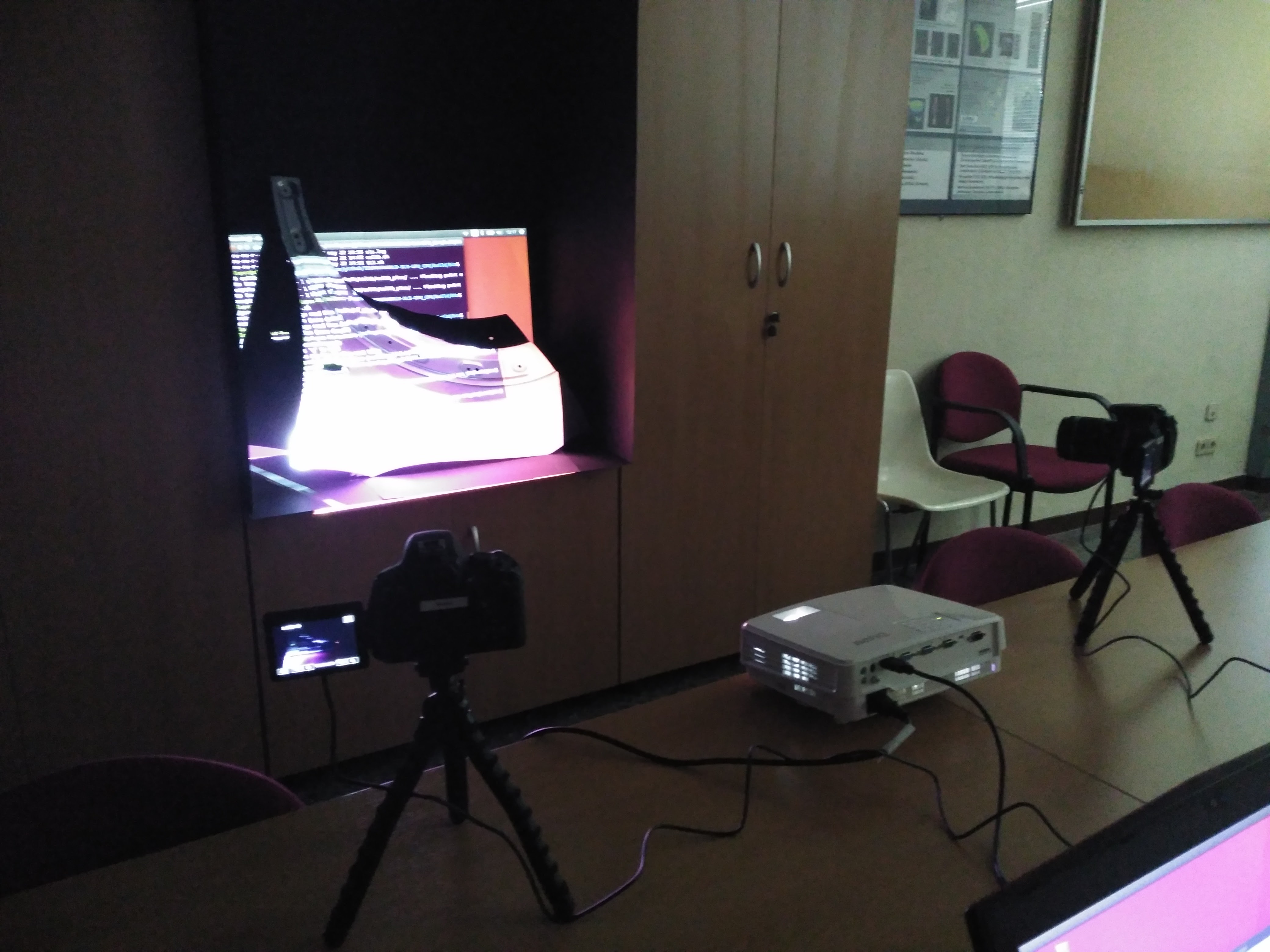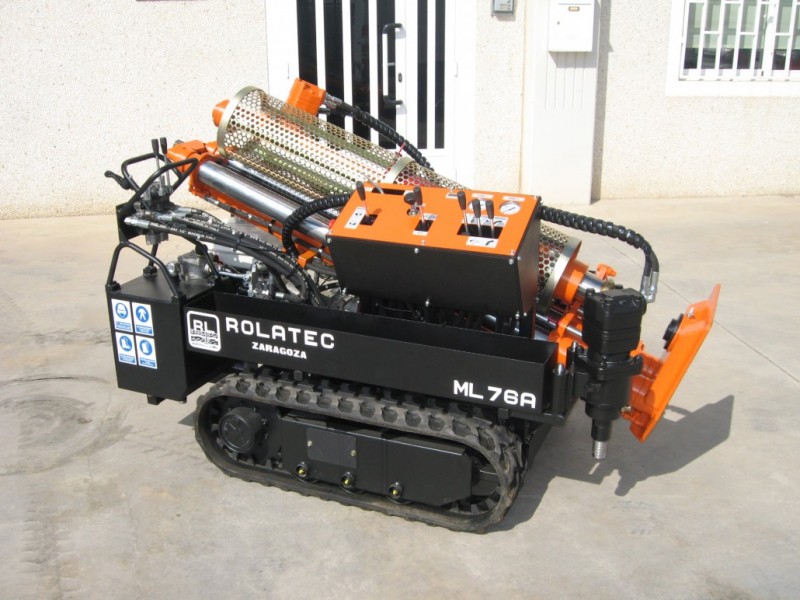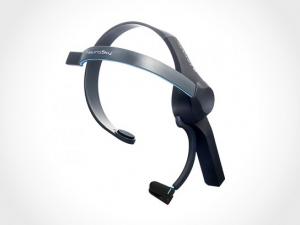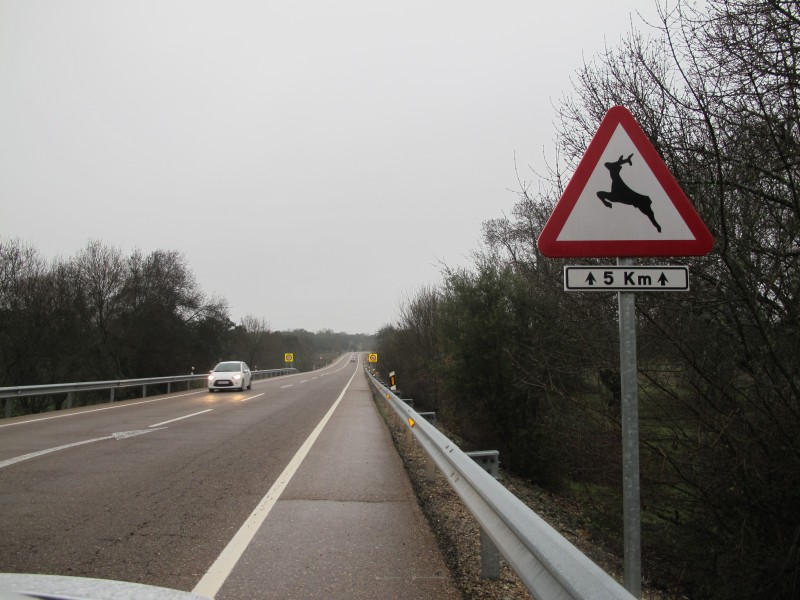The B105 Electronic Systems Lab. as a representative of Technical University of Madrid (UPM) participates with THERMAN and the University of Oviedo (Uniovi) in this innovative research project. To develop it we have the support of the Industrial Technological Center (CDTI) and the Ministry of Economy and Competitiveness, and is co-financed by the European Regional Development Fund (FEDER).
The project aims to achieve an automotive and remote control robot capable of working in hostile environments oriented to the repair of cyclones and cimneys reinforced with refractory material.
This solution represents a revolution in the process and provides economic, strategic, enviromental and safety and occupational health improvements.
Out participation in this project is the development of all the sensorization, actuation and control part of the automobile robot.



